The Fascinating Story of “O Holy Night”
When asked what my favorite Christmas song is, a dozen tunes flicker through my mind—a bubbly, upbeat version of “White Christmas”, “Be Born in Me”, “Winter Wonderland” or my guilty pleasure, “Baby, It’s Cold Outside”—all top the list. But the one that never grows old and gives me sweet chills every time I hear it is “O Holy Night”. 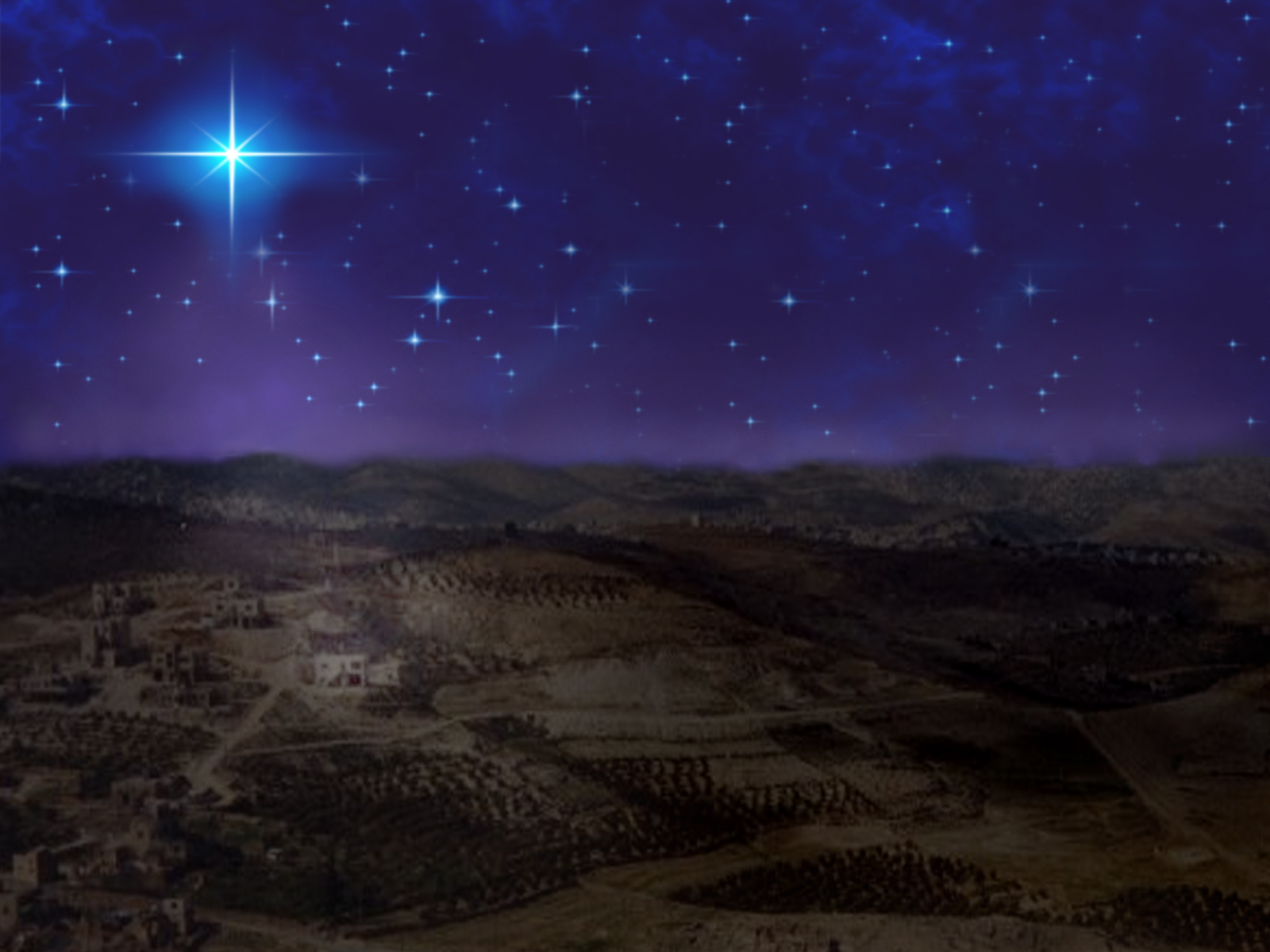
The origins of this beloved song are fascinating. The year was 1847 in a French village, and the local priest made an unusual request of the local wine commissioner, and not-very-religious Placide Cappeau. The priest asked this infamously worldly village man to write a poem for Christmas mass. 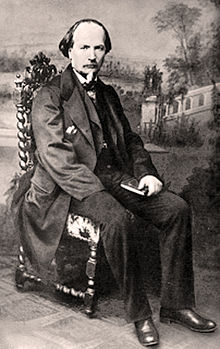
Why ask such a thing of a man who had little interest in church? History is quiet on the details. Cappeau was a poet so the priest may have asked him based solely on his writing credentials. Perhaps the man was a special project of the priest who wanted him to know more about God. We don’t know but whatever the circumstances, Cappeau willingly agreed.
On a bumpy carriage ride to the French capital, Cappeau, not knowing where else to start, opened to the book of Luke and put himself into the wonder of that night. He imagined all the emotions and miracles he might have seen. His poem “Cantique De Noel” was penned.
Here are pieces of the original poem:
Midnight, Christians, is the solemn hour,
When God as man descended unto us
To erase the stain of original sin
And to end the wrath of His Father.
The entire world thrills with hope
On this night that gives it a Saviour.
People, kneel down, await your deliverance.
Christmas, Christmas, here is the Redeemer,
Christmas, Christmas, here is the Redeemer!
The Redeemer has broken every bond:
The Earth is free, and Heaven is open.
He sees a brother where there was only a slave,
Love unites those that iron had chained…
Cappeau was so pleased with its outcome, he asked a highly educated musician friend of his to write music to accompany the poem. His friend Adolphe Charles Adams, agreed with a smile. Why is this worth mentioning? Because Adams was a Jew. 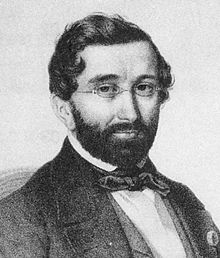
The song was performed at Christmas mass and the French village immediately embraced it. However, years later upon discovering the lyricist was a worldly man (and now a well-known socialist) and that the composer was a Jew, the church banned the beloved Christmas song. Parishioners continued to sing it in their own homes behind closed doors.
Fast forward several decades to America when John Sullivan Dwight discovered “Cantique De Noel”. A fiery abolitionist, Dwight fell in love with the song, especially the message of freedom. “The Redeemer has broken every bond/ The Earth is free, and Heaven is open/ He sees a brother where there was only a slave/ Love unites those that iron had chained…”
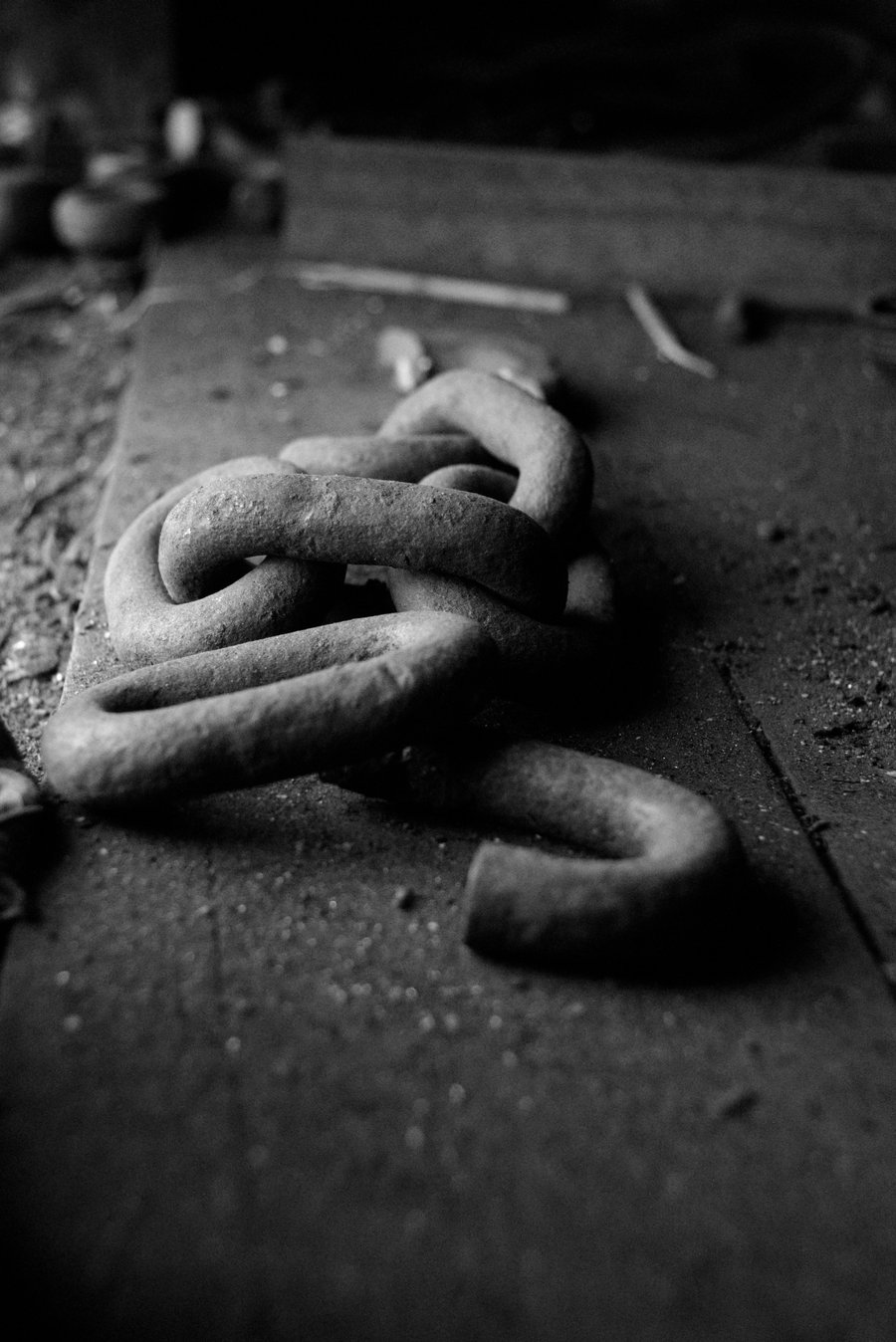
Dwight published a rewritten version of the carol in his own magazine and it was embraced by a shattered nation—particular among the North as the Civil War began to break the country apart.
“O Holy Night” seems to have a long history of uniting those in war. During the Franco-Prussian War, legend says that during a lull in the fighting, a French soldier stood up from his muddy trench with no weapon in hand and began singing “Cantique de Noel”. Upon hearing the beautiful rendering, the German soldiers were so moved, they began singing as well. Both sides lifted their voice in song, alternating between French carols and the hymns of Martin Luther. A Christmas truce of sorts had been declared.
That’s what Jesus came to do—redeem a lost world and bind our broken, shattered hearts into wholeness once again. He scatters the darkness. Hate cannot stand in the presence of Love. Darkness cannot last in the piercing force of Light. Where sin severed a filthy humanity from their Creator, Jesus came to connect and bind them once more.
The story gets better. On Christmas Eve in 1906, Reginald Fessenden was experimenting with combining the telegraph with a crude kind of microphone. Fessenden began reading the account of Jesus’ birth from Luke chapter two. 
Radio operators aboard ships and wireless devices around the nation were shocked to hear, not the normal coded impulses that peppered their speakers, but a man’s voice reading the Christmas story. It was the very first radio broadcast…a man speaking the Word of God to an astounded audience.
Upon finishing his reading, Fessenden picked up his violin and played the haunting strains of “O Holy Night”, not only marking the moment as the first broadcast of a man’s voice, but the first song ever to be played over airwaves.
What a wild, unexpected journey this song has taken to reach our hearts today…much like the story of Christ Himself. And it tells us that God will use anyone—a wine commissioner and socialist, an unbelieving Jew, abolitionists and fighting, bleeding soldiers—to broadcast the love story He’s written for humanity.
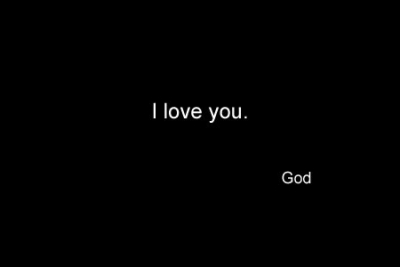
O Holy Night
The stars are brightly shining
It is the night of our dear Savior’s birth
Long lay the world in sin and e’er pining
‘Til He appeared and the soul felt its worth
A thrill of hope the weary world rejoices
For yonder breaks a new and glorious morn.
Fall on your knees O hear the angels voices.
O night divine O night when Christ was born
O night divine, O night, O night divine.
Truly He taught us to love one another;
His law is love and His gospel is peace.
Chains shall He break for the slave is our brother;
And in His name all oppression shall cease.
Sweet hymns of joy in grateful chorus raise we,
Let all within us praise His holy name.
Christ is the Lord! O praise His Name forever,
His power and glory evermore proclaim.
O night divine, O night, O night divine
Want to listen to more Christmas tunes? Check out www.reverbnation.com/TaraJohnson

Comments 2
Tara, I love this. I’d heard parts of it before, but it’s great having it all together as one whole story. Thanks so much. Love you, my sweet friend and pray that you have a wonderful Christmas season. Good health and lots of ministry opportunities for you and your family.
God bless you, sweet friend. You are a beautiful blessing in every way!